Large businesses like ours have an important contribution to make in cutting global GHG emissions and reducing the risk of climate change. Our climate change position statement is available on our website and sets out our commitment to reducing GHGs. We have made significant reductions in our carbon emissions since our 2014 baseline year.

Scope 3 Emissions
During 2023, we carried out a complete global scope 3 assessment to establish a full GHG baseline for our 2022 scope 3 emissions, for the first time. This involved the calculation of ten out of the 15 scope 3 categories with a particular focus on upstream emission categories. The remaining five were excluded on the basis that they were either not applicable or not required. We were able to source a significant amount of consumption data, which allowed a process-based approach to be taken for most of the scope 3 categories. This provided greater accuracy than a spend-based approach, which limits insights on actual supply chain performance.
For our 2022 reporting period, our combined GHG emissions were 2,497,579 tCO2e. Scope 3 emissions accounted for 96.7%, scope 1 for 1.8% and scope 2 for 1.6% of this number. Going forward, as a result of these efforts, we now have a robust GHG emissions baseline, from which to develop a decarbonization pathway.
2023 Performance
In 2023, 12 of our 13 manufacturing facilities procured 100% renewable electricity. The outlier facility is located on an industrial complex which does not offer renewable electricity contracts. Renewable energy accounts for 19% of our total energy mix.
- Energy Use
- Absolute GHG Emissions
- GHG Emissions


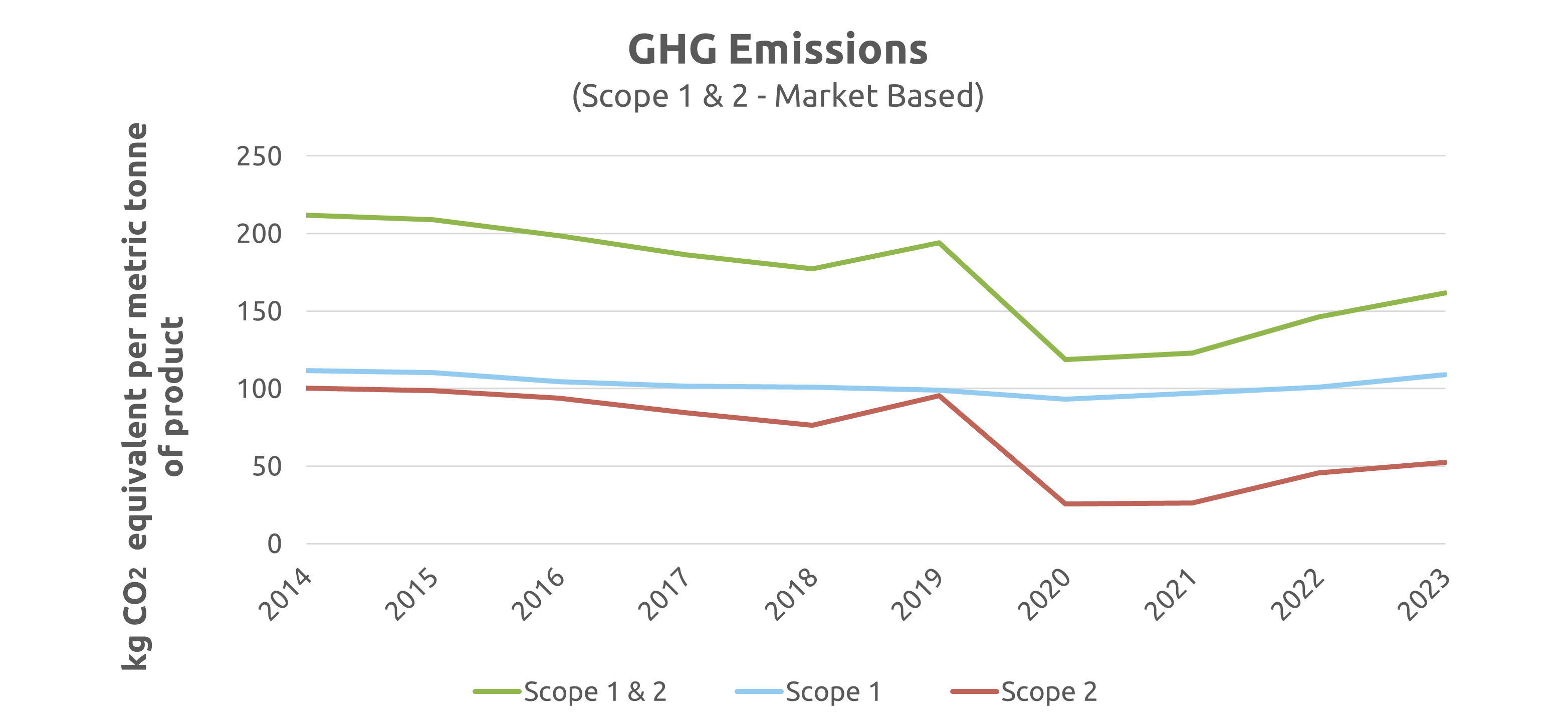

Resource Reduction Group
Established in 2016, our Global Resource Reduction Group (RRG) was set up to develop and share best practice across our 13 manufacturing sites. Its global remit encompasses large capital investments, company-wide projects, and local initiatives. We have a dedicated energy reduction fund to support major projects where the payback period is longer than normal.
The group, which meets up to three times a year, continued to deliver and maintain a pipeline of energy reduction projects in 2023. Going forward, these activities are forecast to reduce our annual energy consumption by over 2,161 MWh and our total group scope 1 and 2 emissions by 98 metric tonnes CO₂ equivalent.
Reducing Our Emissions
Activities introduced in 2023 to further improve our energy efficiency and reduce our GHG emissions included:
- St Mihiel, France
- Vernon, France
- Leuna, Germany
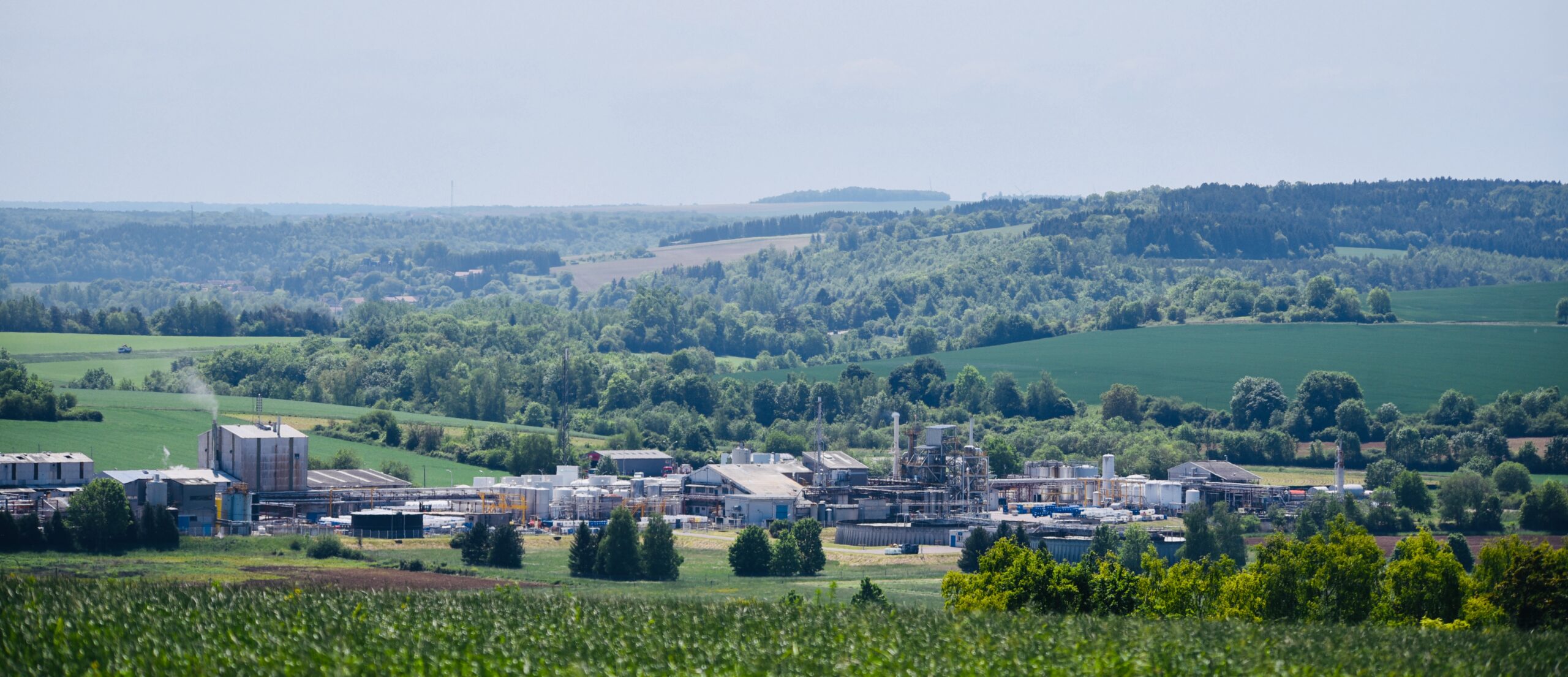
St Mihiel, France
In 2023, we commissioned the detailed scoping stage for the installation of a biomass burner at our St Mihiel site in France to determine the impact on GHG emissions for the site.
The site also implemented a new flash steam recovery vessel, with the recovered low pressure steam being used to heat electrostatic precipitators on site. Going forward this will save 105,120 kWh of steam and 18 tonnes of scope 1 emissions per year.
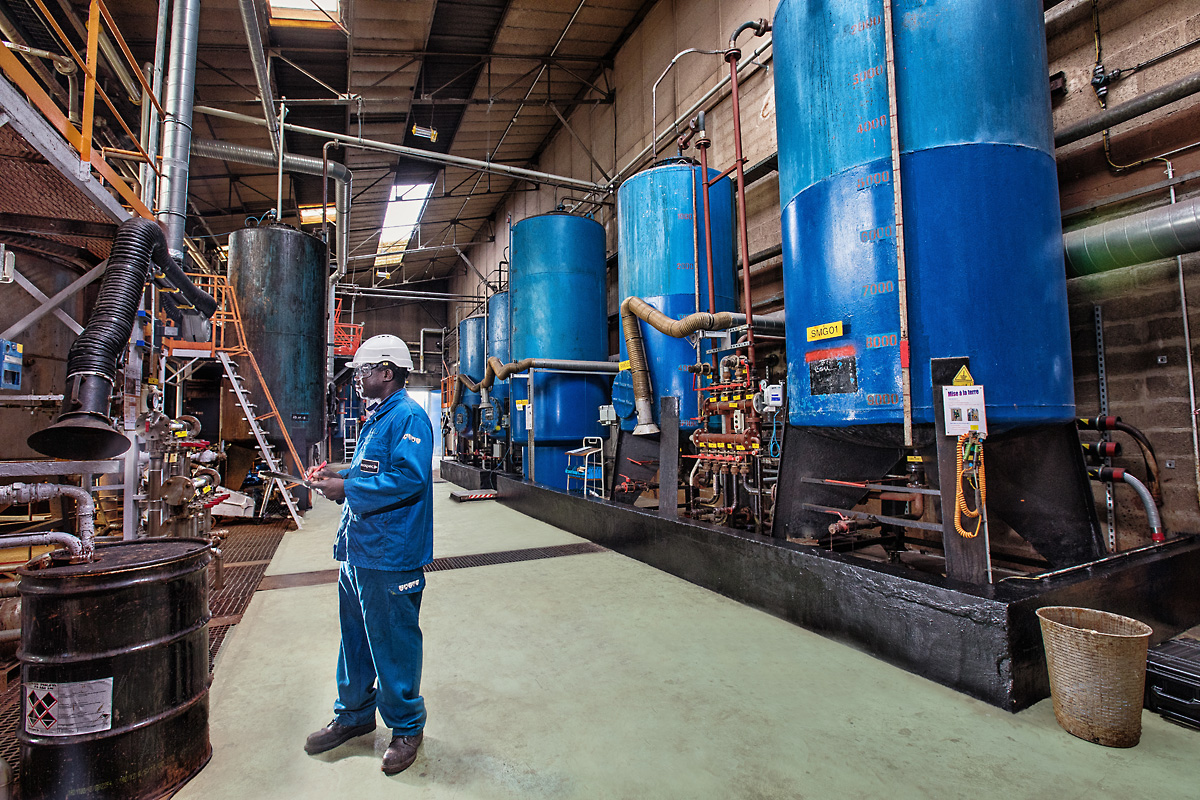
Vernon, France
The site replaced its existing florescent lights with an LED lighting system, saving 45,000 kWh of electricity per year.
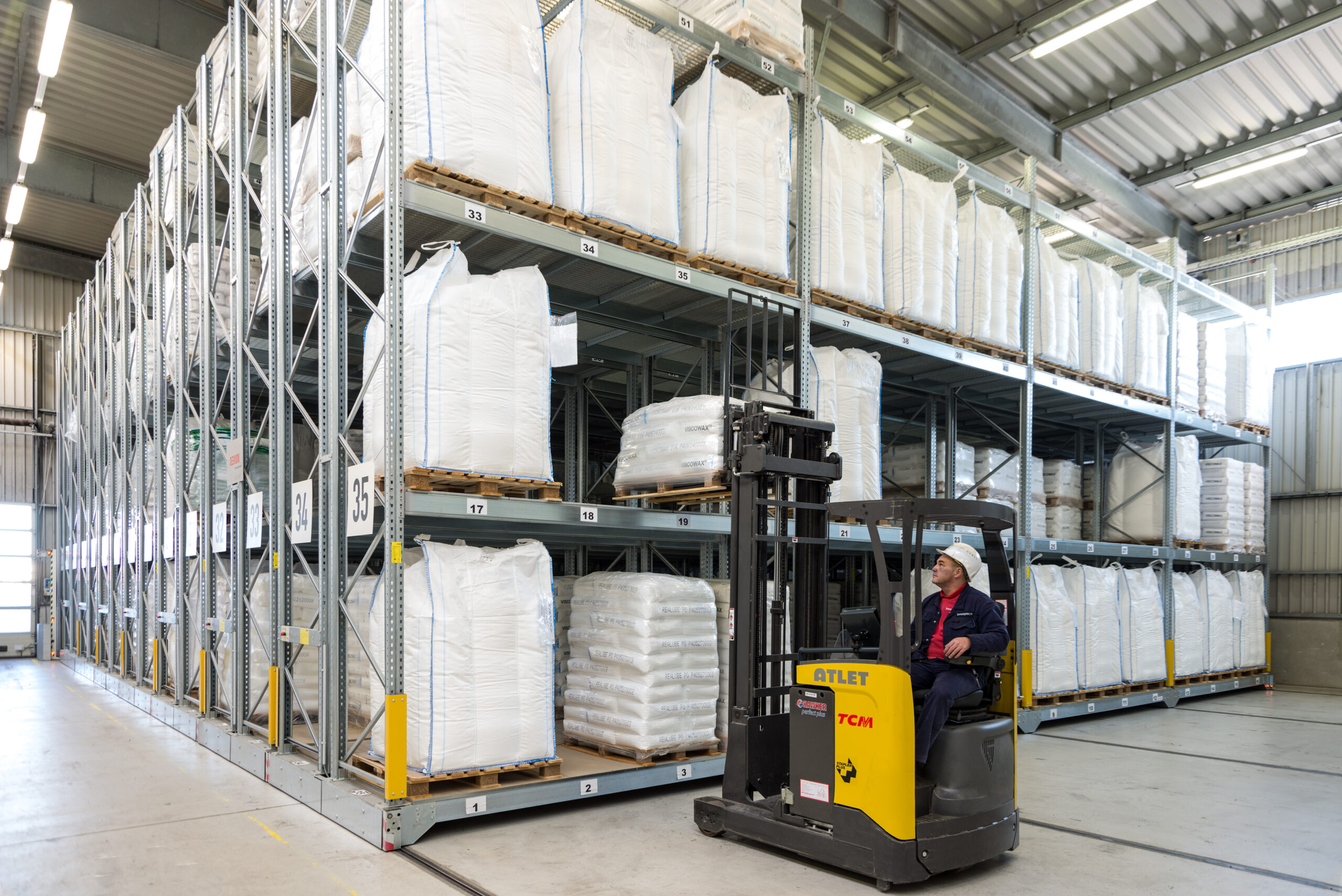
Leuna, Germany
The optimization of the site’s direct burner has resulted in natural gas savings of 88,382 kWh and 16 tonnes of scope 1 emissions each year. The site also upgraded its existing 1980’s primary compressors, saving 686,000 kWh of electricity per year.
A new pastillation plant installed in 2023, will enable the site to reduce the scope 3 emissions linked to its operations. Prior to the installation the site had to transport its wax products to be processed by a third party in the Netherlands. The avoidance of transportation will save 111 tonnes of scope 3 emissions per year.
- Ellesmere Port, UK
- Herne, Germany
- Castiglione, Italy
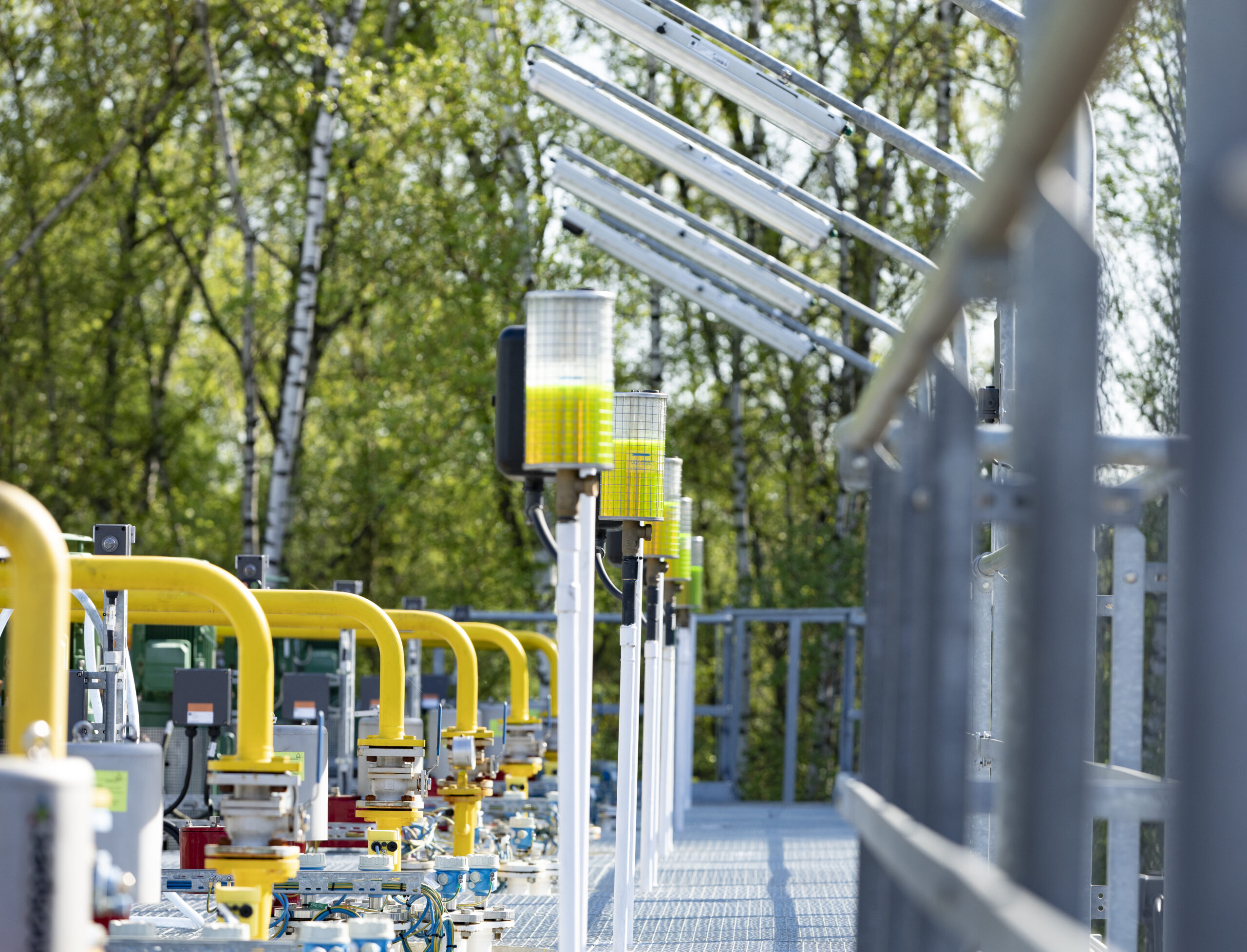
Herne, Germany
The site has installed automated valves on its large blender bulk storage tanks. Previously the pumps were manually switched on at the start and end of each shift. The automated system will provide electricity savings of 100,875 kWh per year.
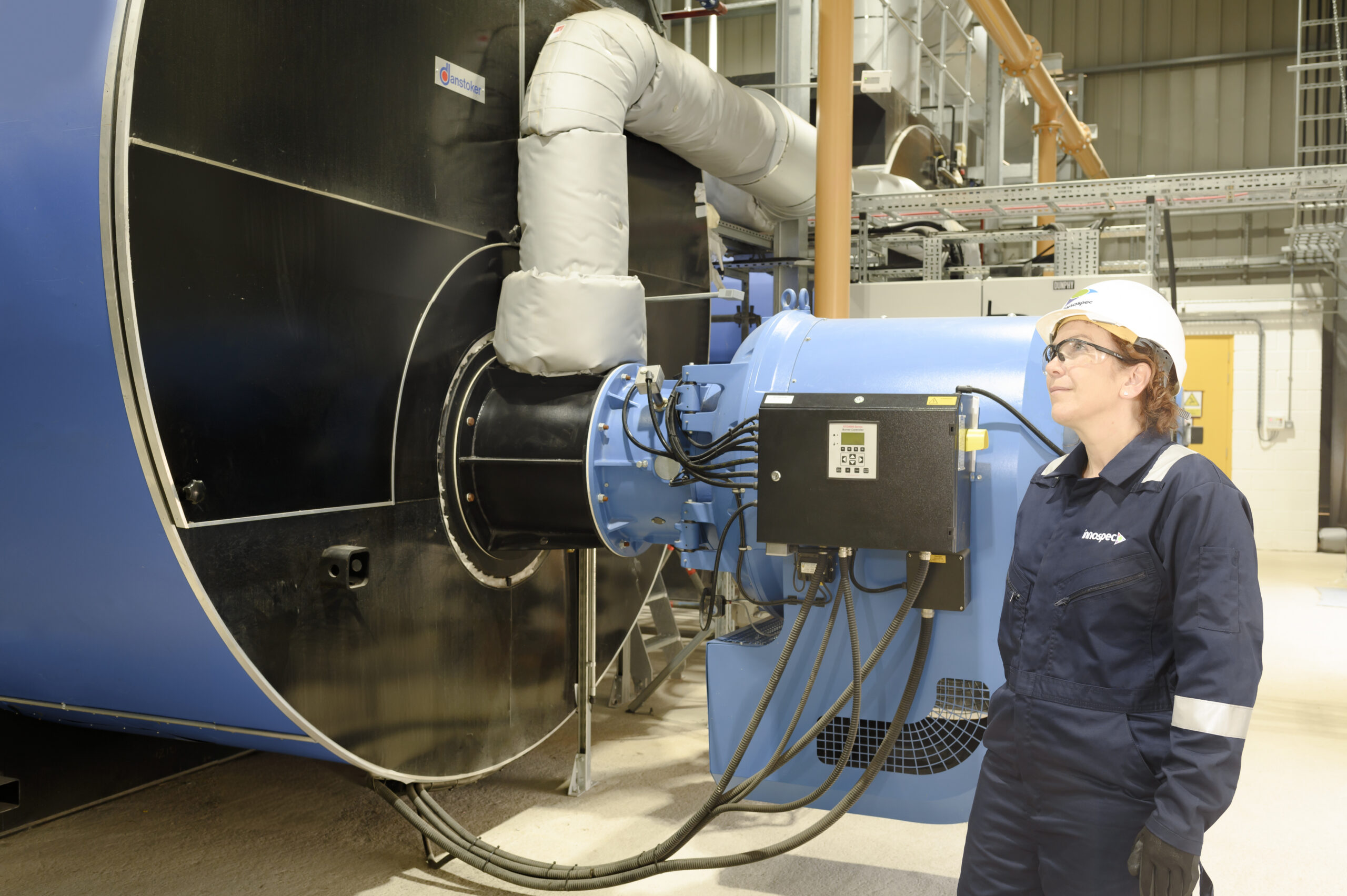
Ellesmere Port, UK

Castiglione, Italy
Replacement of the site’s 30-year-old inefficient air conditioning unit in the main office building with a modern energy efficient alternative will save 34 kWh of electricity per year.
They have also installed a new LED-lighting system in one of the sites main processing plants which will save 10,900 kWh of electricity per year.
